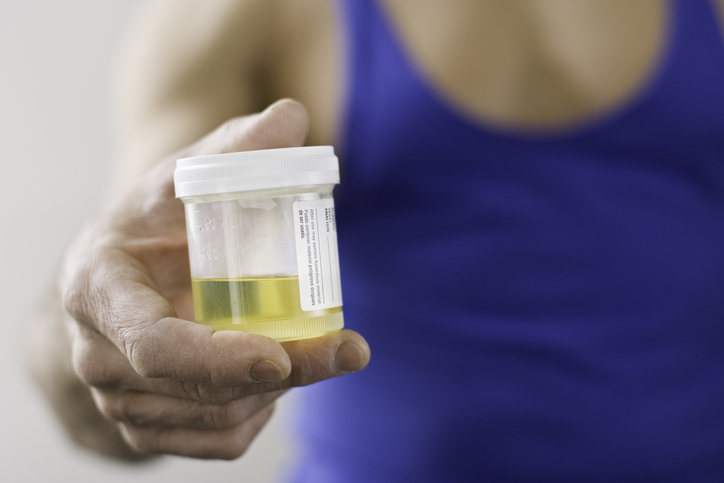Living with Chronic Pain
What Is a Urine Drug Screen?

A urine drug screen is a medical test used to detect drugs in the body. The kidneys filter toxins and other substances from the blood; this waste is then excreted from the body in the urine. Therefore, drug and alcohol use can be detected in a urine sample.
Urine drug screens are the most common drug-testing method and are often used in the health care field, the workplace, correctional centers, and sports-related organizations. Urine screenings help health care providers detect substance abuse. Physicians often use urine screenings to ensure the people they are treating are taking the correct dosage of prescribed medications, not combining them with other inappropriate medications or substances, and not using medications prescribed by another provider.
What drugs does a urine drug screen detect?
Drugs that can be detected on a urine screen include, but are not limited to, cocaine, amphetamines, benzodiazepines, barbiturates, PCP, marijuana, methadone, methamphetamine, and opioids.
What are the rights of the individual submitting to a urine screen?
Before taking a urine screening test, individuals should be informed of why they are required to take it, what substances are being screened, and how the results will be used. Any questions should be answered by the technician or other medical professional.
What is the proper procedure for a urine screen?
In order to obtain a proper urine sample, the hands should be properly washed with soap and water and thoroughly dried before collecting the urine. The genitals should also be properly cleansed, usually with a disposable wipe. As urination begins, a small amount of urine should fall into the toilet bowl before placing the specimen cup in the urine stream. A moderate amount of urine, usually 45 milliliters or more, is needed for proper testing. A lid should then be placed on the specimen cup and given to the technician collecting the sample.


















